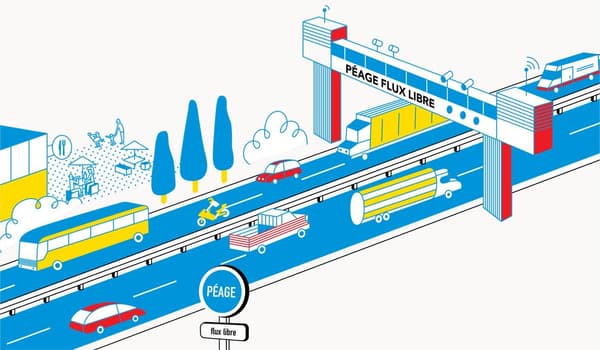On the A79, in Allier, it is no longer necessary to stop to pay the toll. Instead of the traditional toll booths, there are now gantries equipped with cameras and sensors, which identify vehicles thanks to their license plates.
This new “free flow” motorway system has been deployed over 88 kilometers between Montmarault (Allier) and Digoin (Saône-et-Loire) by the Autoroutes Paris-Rhin-Rhône (APRR) concessionaire. The objective is to make traffic more fluid and reduce pollution, especially at peak traffic times.

To pay the toll, motorists have several options starting this Friday: use an electronic toll device, pay the amount before or after their trip by accessing the dedicated website, or even stop at one of the physical terminals set up for the occasion. .
“The main advantage” is that there will be “no more traffic jams at tolls,” says Véronique Tallon, director of clients for the APRR group, at the microphone of BFM-TV. But, “we are going to be in a transition period in which we are going to have to get used to these new means of payment,” he admits.
sixteen terminals
An adaptation that is not easy for everyone, as evidenced by the first motorists who circulate on the A79 since Friday. In a rest area, where one of the sixteen terminals is installed, a motorist struggles to use the new machine.
Another stopped there too, preferring to take the lead rather than pay online later. “I prefer to pay directly at the terminal, to be sure there isn’t a fault that we can’t handle by phone or email,” he explains to BFM-TV. The terminals allow you to pay in cash or by credit card.
“So far I haven’t saved time. And, furthermore, it is not even certain that the payment will be validated since I cannot have a ticket”, regrets a third motorist. Beware of fines: you must pay for your trip within 72 hours. Otherwise, a fine of 90 euros will be added to the amount of the toll, and even 375 euros beyond 60 days of delay.
Source: BFM TV

